Deep Analyst - In-Depth Analytical Assistance
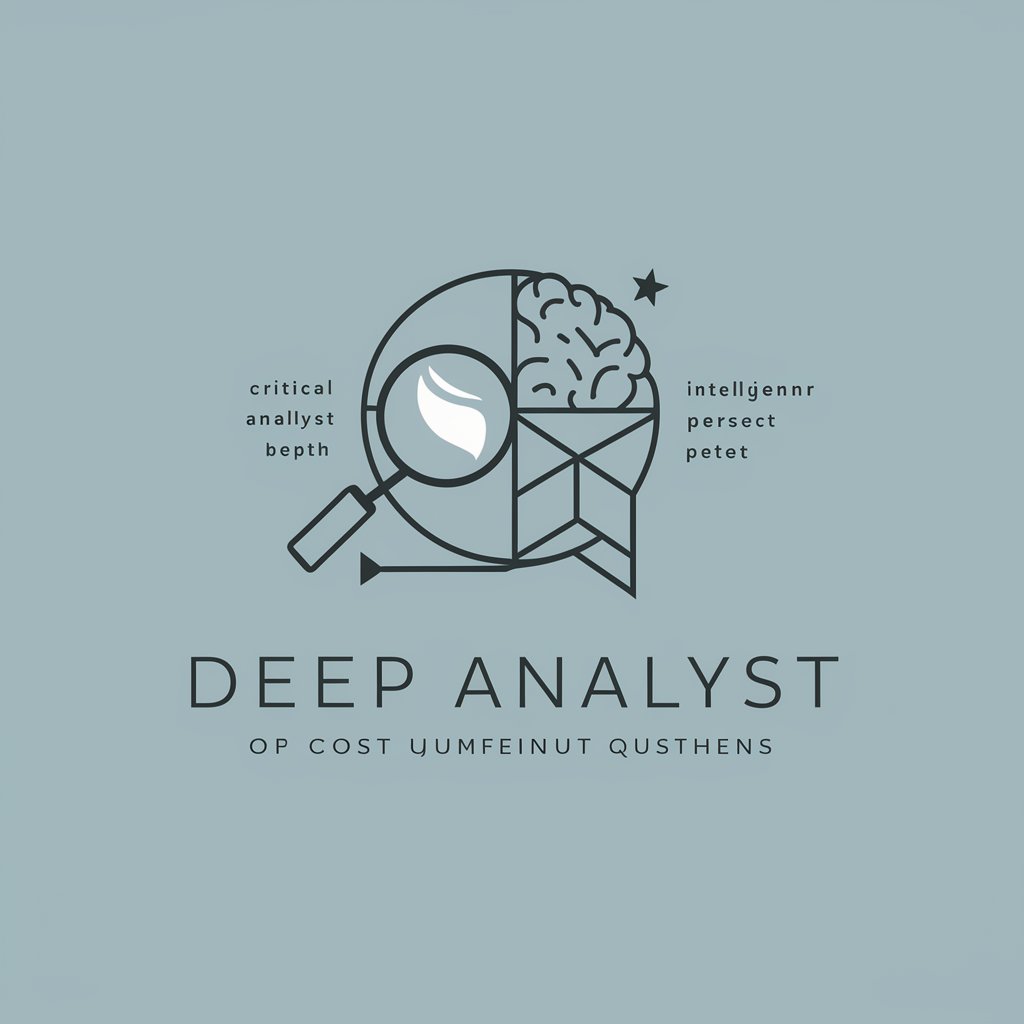
Hello! How can I assist you in solving your questions today?
Dive Deep with AI-Powered Analysis
Can you help me understand...
I'm looking for a detailed analysis of...
What are the key factors in...
Could you break down the process of...
Get Embed Code
Deep Analyst: An In-depth Overview
Deep Analyst is designed as a sophisticated, AI-driven analysis tool that excels in dissecting complex queries into more manageable, focused inquiries to provide users with factual, in-depth responses. Unlike traditional chat interfaces that might prioritize brief, generalist answers, Deep Analyst leverages an investigative interaction style, engaging users through targeted questions and a multi-step analysis process. This approach ensures a comprehensive understanding of the user's needs, leading to more accurate and contextually relevant answers. For instance, when approached with a query regarding economic trends, Deep Analyst wouldn't merely cite recent statistics; instead, it would explore underlying factors driving those trends, historical context, comparisons with previous economic cycles, and potential future implications, providing a nuanced understanding of the subject at hand. Powered by ChatGPT-4o。

Core Functions and Real-World Applications
Complex Question Decomposition
Example
When tasked with exploring the impact of climate change on coastal economies, Deep Analyst would break this broad topic down into sub-questions addressing specific aspects, such as changes in fishing yields, tourism trends, and insurance costs. This dissection allows for a thorough exploration of each facet.
Scenario
This function is particularly useful in academic research or policy development, where understanding the multifaceted impact of global phenomena is crucial.
Interdisciplinary Analysis
Example
In analyzing the success factors of tech startups, Deep Analyst would examine technological innovations, market dynamics, regulatory environments, and even socio-cultural trends that influence consumer behavior, offering a holistic view of what drives startup success.
Scenario
Entrepreneurs, investors, and business consultants would find this function invaluable for strategic planning, investment decisions, and market entry strategies.
Critical Fact Verification
Example
Faced with a controversial claim about a public figure, Deep Analyst would not only check against known databases and credible sources but also contextualize the information, assessing its relevance and potential biases in reporting.
Scenario
Journalists, legal professionals, and scholars would benefit from this function by ensuring the accuracy and integrity of their work.
Target User Groups for Deep Analyst
Researchers and Academics
Individuals engaged in scholarly work across various disciplines who require deep dives into specific topics, benefit from Deep Analyst's ability to dissect complex questions, provide interdisciplinary insights, and verify facts rigorously. This aids in the development of research papers, theses, and comprehensive literature reviews.
Business Analysts and Strategists
Professionals tasked with formulating business strategies, market analyses, and competitive research. They utilize Deep Analyst for its capacity to break down complex market dynamics, assess cross-industry impacts, and provide detailed, evidence-based insights crucial for strategic decision-making and forecasting.
Policy Makers and Public Sector Analysts
This group benefits from Deep Analyst's ability to provide thorough analyses of socio-economic issues, policy impacts, and regulatory frameworks. The tool's critical fact verification and interdisciplinary analysis support the development of well-informed policies, regulatory impact assessments, and public communication strategies.

How to Use Deep Analyst
Step 1
Start by visiting yeschat.ai for an initial exploration without the need for login or a ChatGPT Plus subscription.
Step 2
Familiarize yourself with Deep Analyst's capabilities by reviewing available resources or guides on the platform to understand its full range of functionalities.
Step 3
Define your query or problem statement clearly. Break it down into specific, targeted questions to ensure precise assistance from Deep Analyst.
Step 4
Use Deep Analyst by entering your questions in the provided text field. Utilize follow-up questions based on initial responses for deeper analysis or clarification.
Step 5
Leverage the tool's insights for your specific needs, whether for academic research, content creation, or problem-solving. Note any feedback or insights for future queries.
Try other advanced and practical GPTs
Deep Listener
Fostering deep connections through AI-powered dialogue.
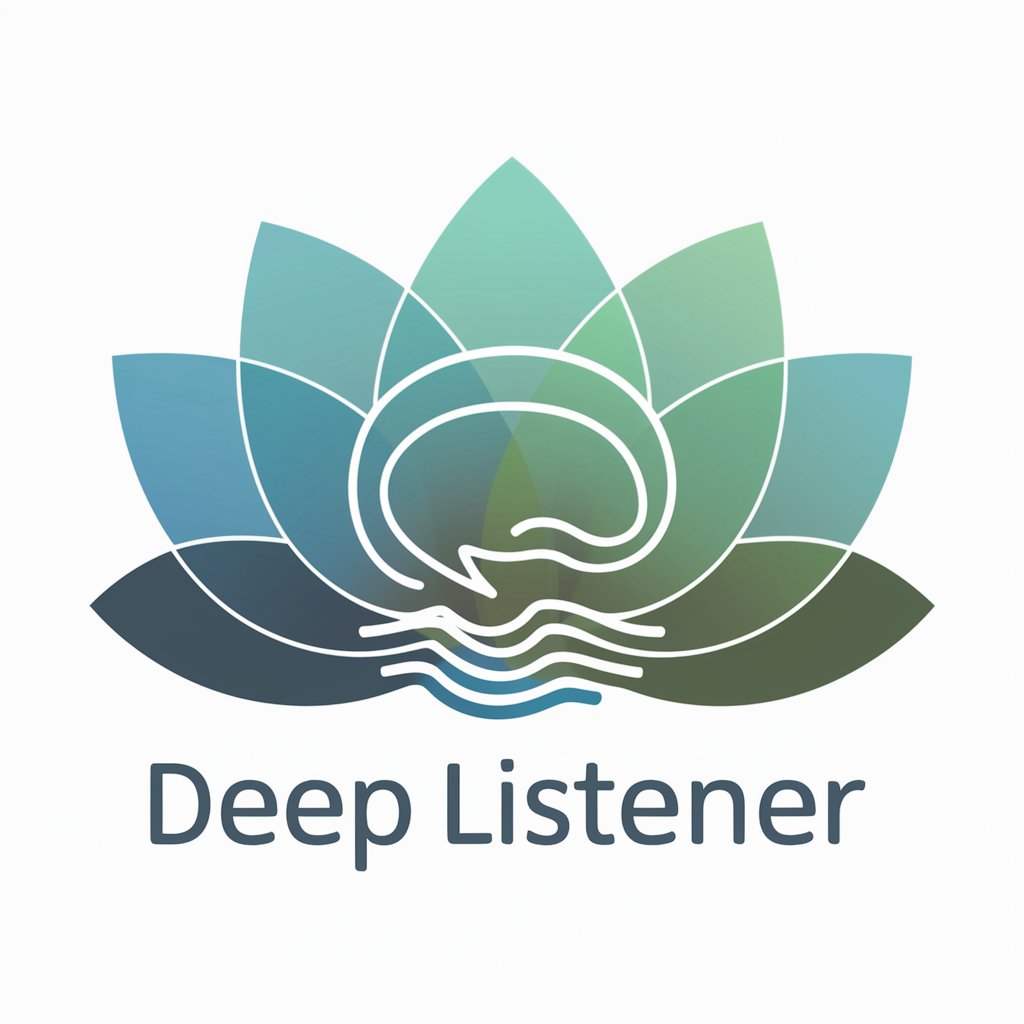
No Slang
Transform Informal to Formal Instantly

Multipass Language Translator
Beyond Words: AI-Powered Semantic Translation

Organ Wise Advisor
Empowering food choices with AI-driven organ insights.

AI PDF Converter
Transform PDFs effortlessly with AI power

AI Task Analyst
Optimize Tasks with AI-Powered Analysis
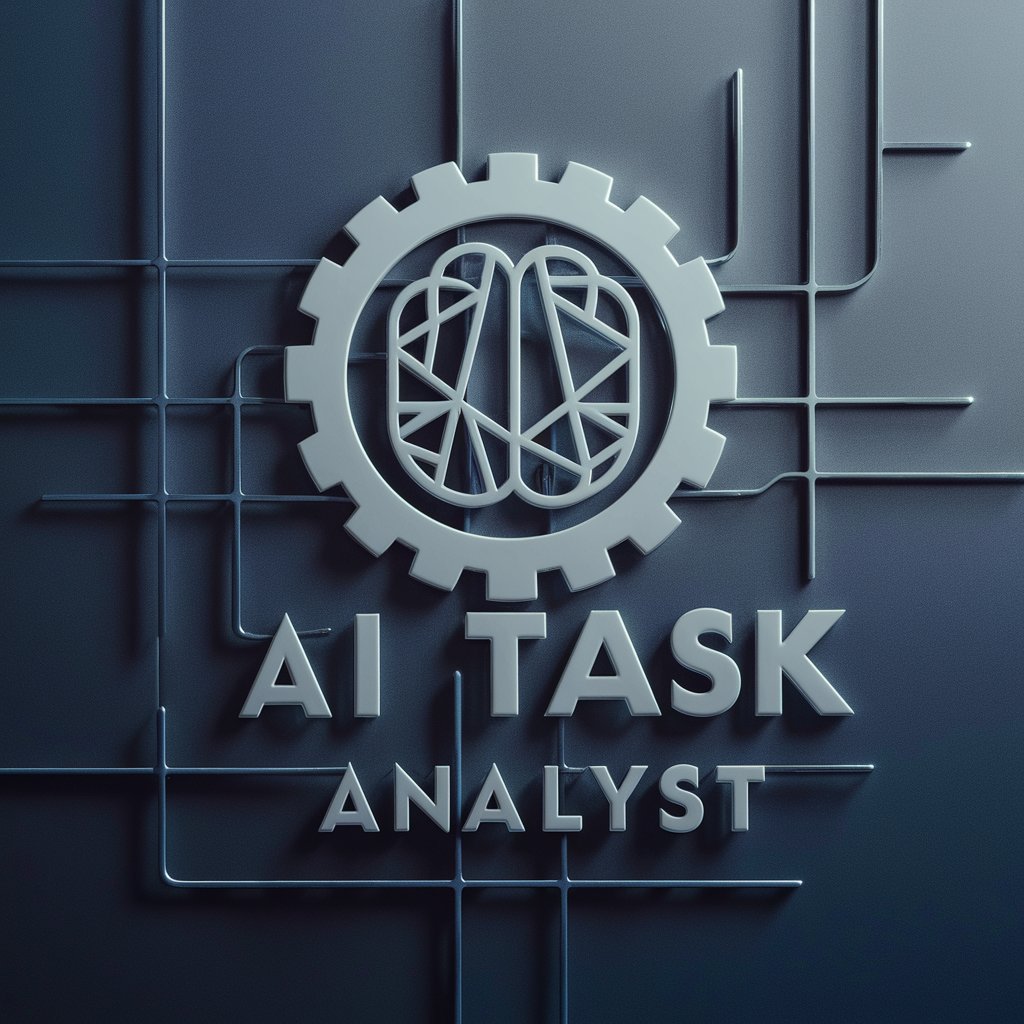
Deep nuts
Empowering insights with AI mysticism.

Deep Thinker
Elevate Inquiry with AI-Powered Analysis
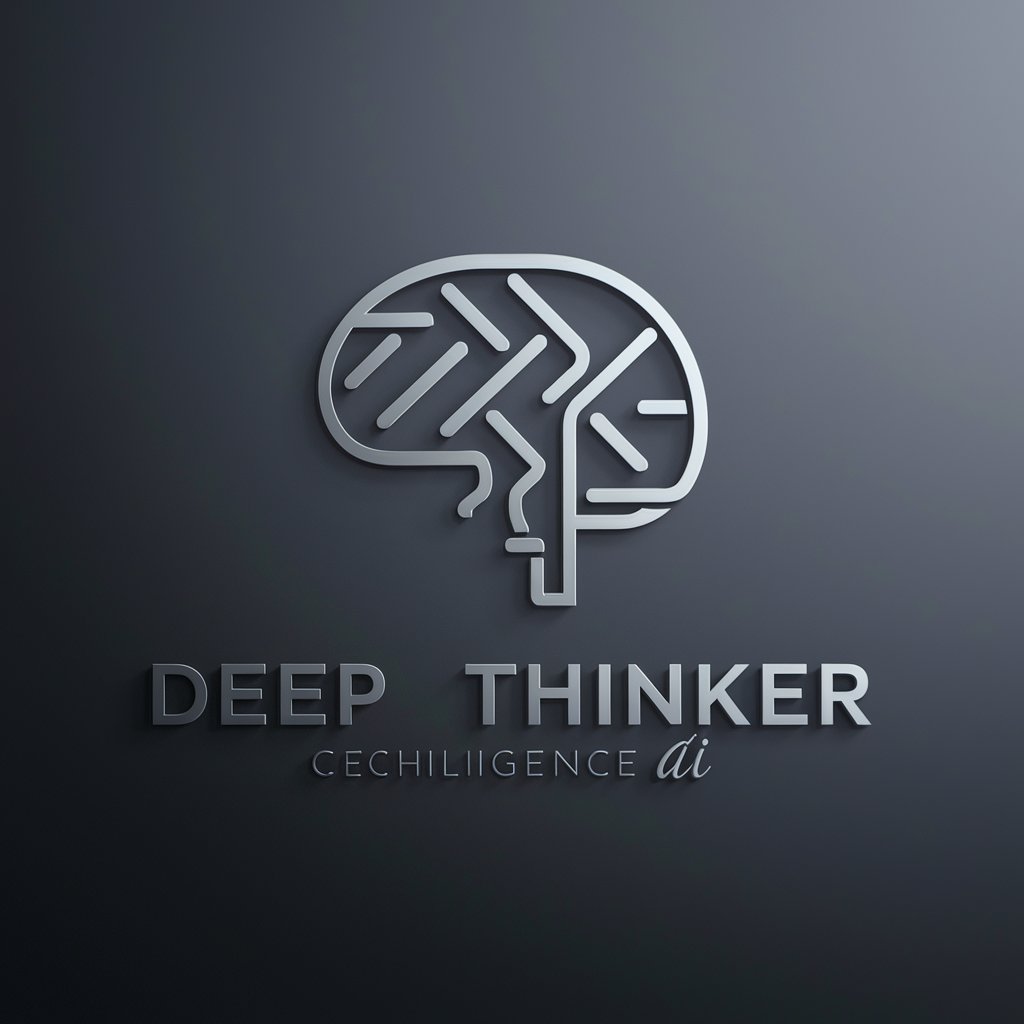
Deep Researcher
Empowering Research with AI
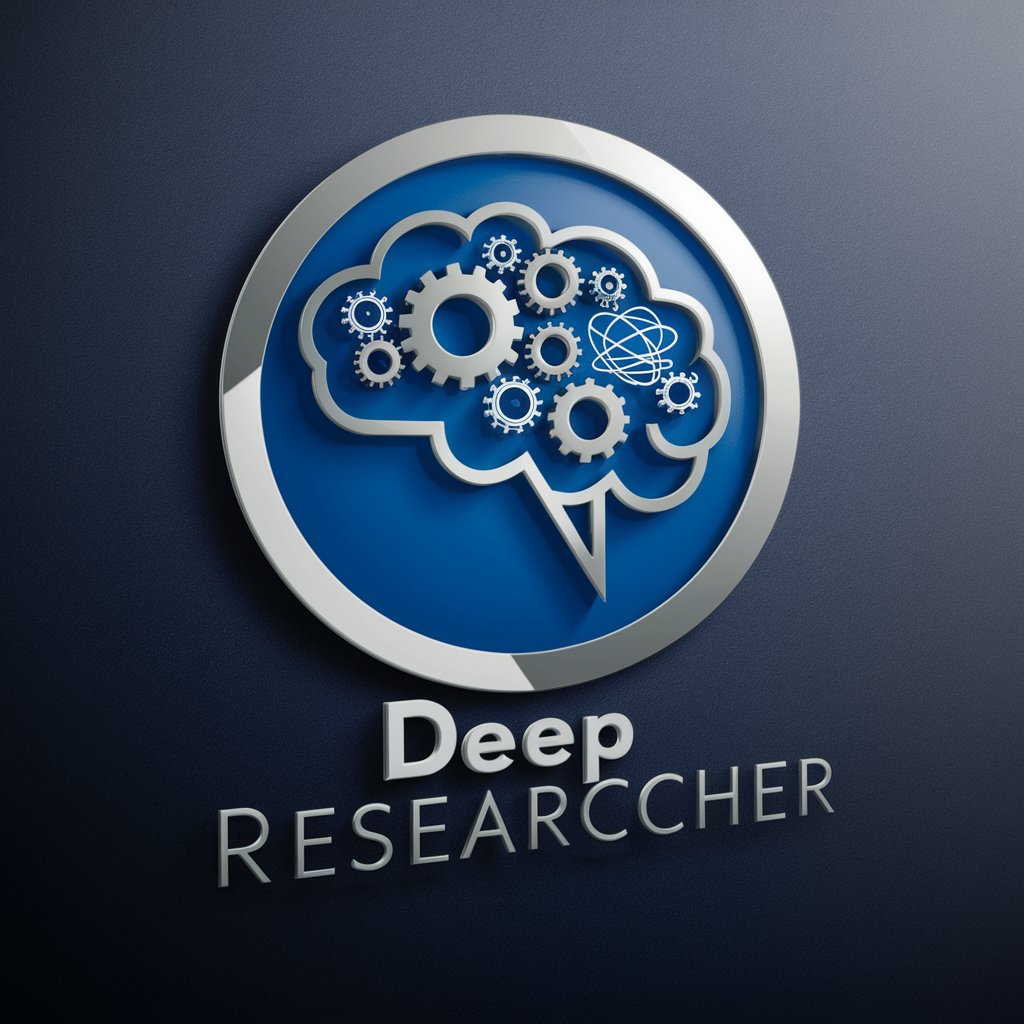
Deep Diffuser
Transforming Medical Imaging with AI
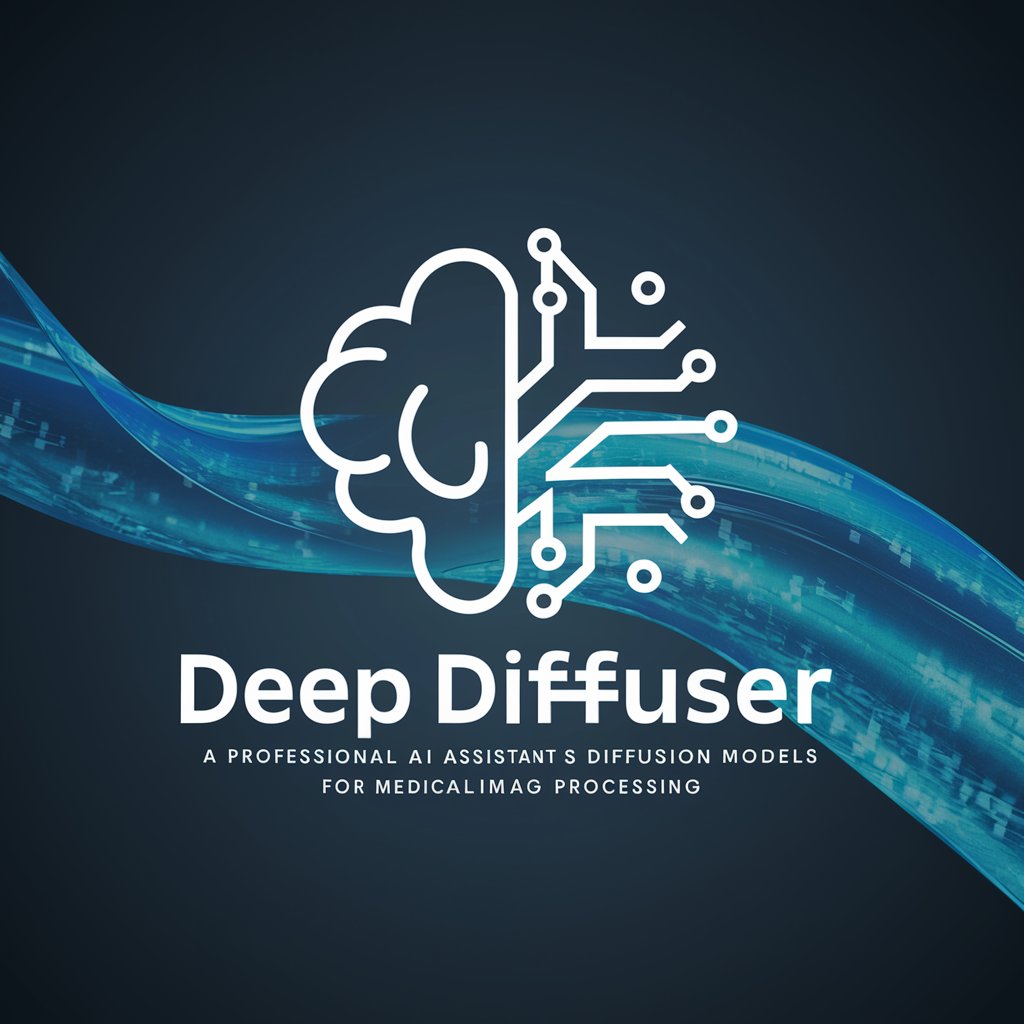
Deep Explorer
Harness AI for Deeper Insights
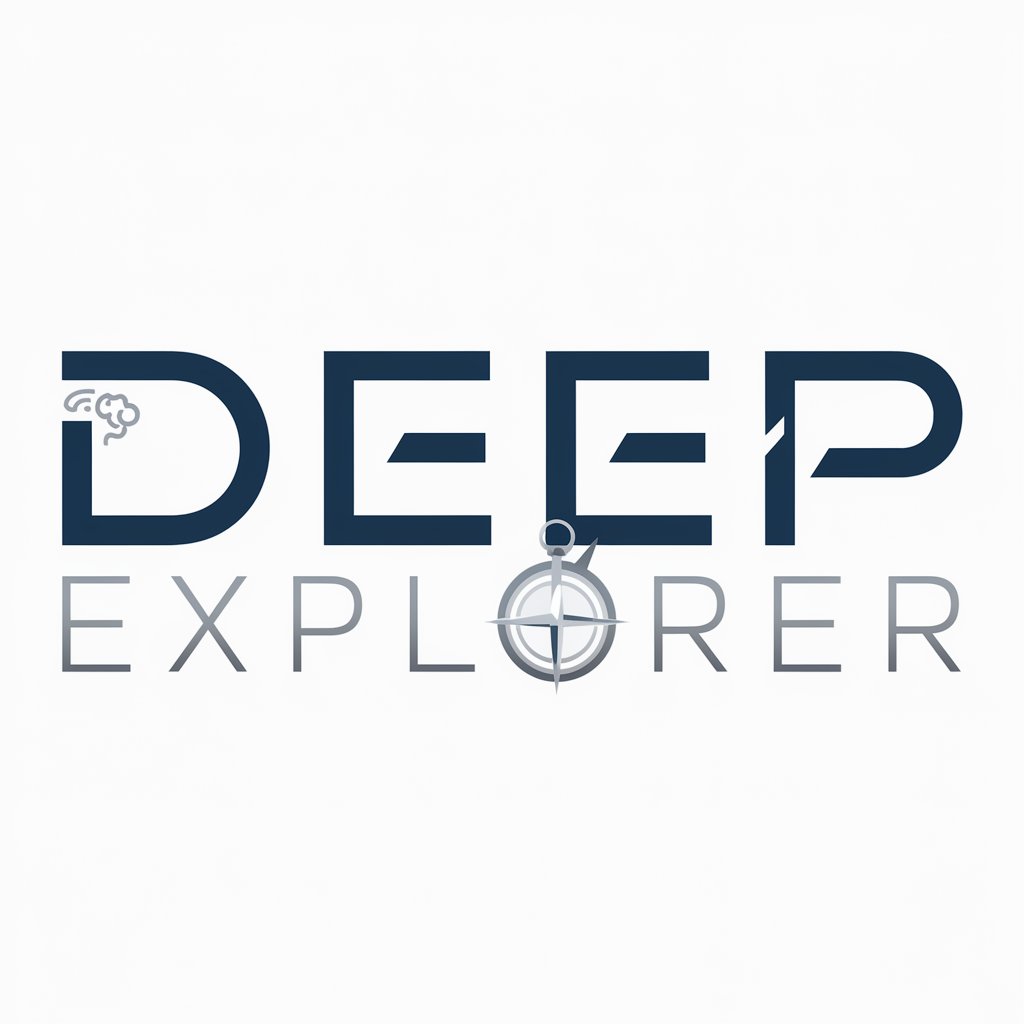
Deep Query
AI-driven Insights into State Space Models
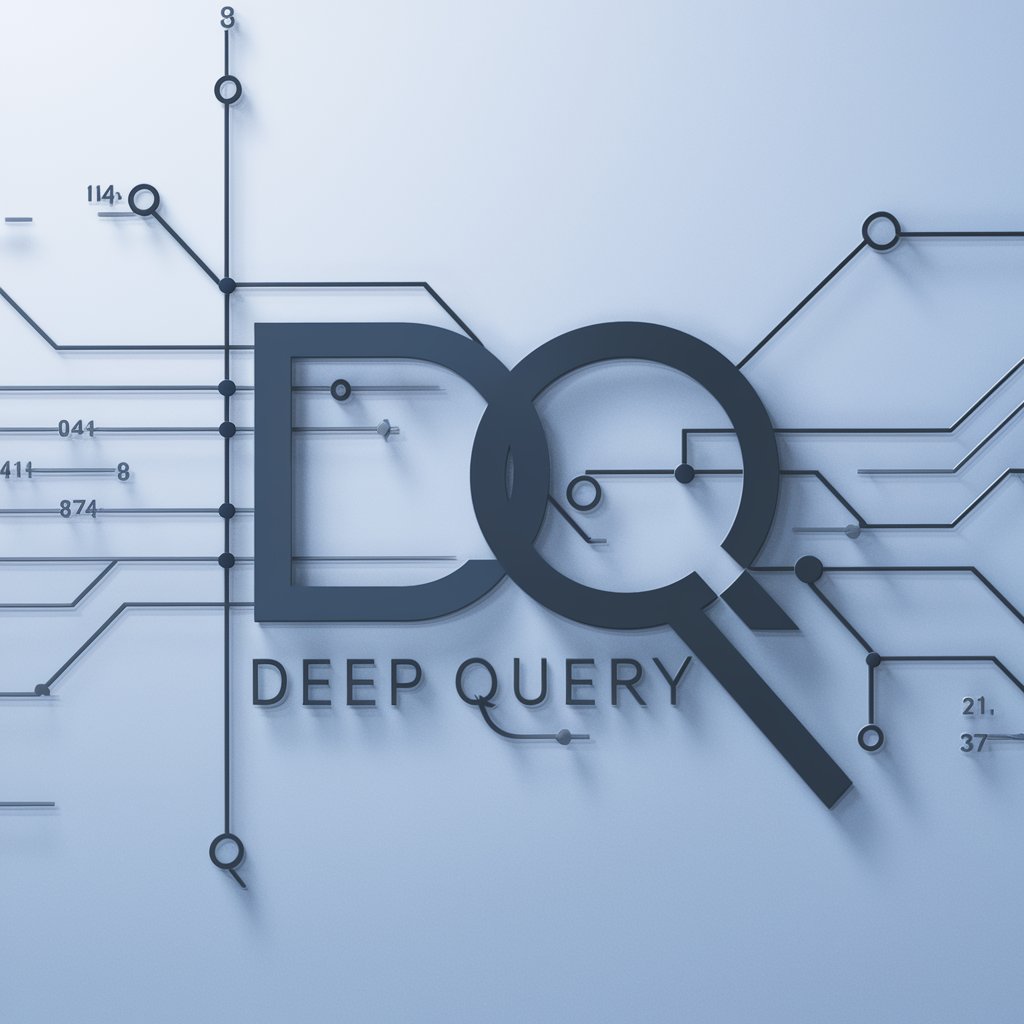
Deep Analyst Q&A
What is the primary purpose of Deep Analyst?
Deep Analyst is designed to provide in-depth, detailed answers to complex queries by breaking them down into smaller, more manageable parts. It aims to deliver comprehensive insights across various domains, ensuring users receive accurate and actionable information.
Can Deep Analyst assist with academic research?
Yes, Deep Analyst is particularly useful for academic research. It can help in formulating research questions, finding and analyzing relevant information, and even aiding in the structuring of papers or articles.
How does Deep Analyst handle queries in professional domains, like market analysis?
Deep Analyst employs an investigative approach to professional domains, using factual data and critical analysis to provide insights. For market analysis, it can help identify trends, evaluate competitive landscapes, and suggest strategies based on current market data.
Is Deep Analyst suitable for creative writing assistance?
While Deep Analyst's primary strength lies in analytical and fact-based inquiries, it can also support creative writing by offering detailed research, character development insights, and plot structuring based on historical data or literary analysis.
Can Deep Analyst be used for personal development purposes?
Absolutely. Deep Analyst can guide personal development by providing detailed analyses on skills assessment, suggesting resources for learning new skills, and offering strategies for goal setting and achievement based on psychological and educational research.
